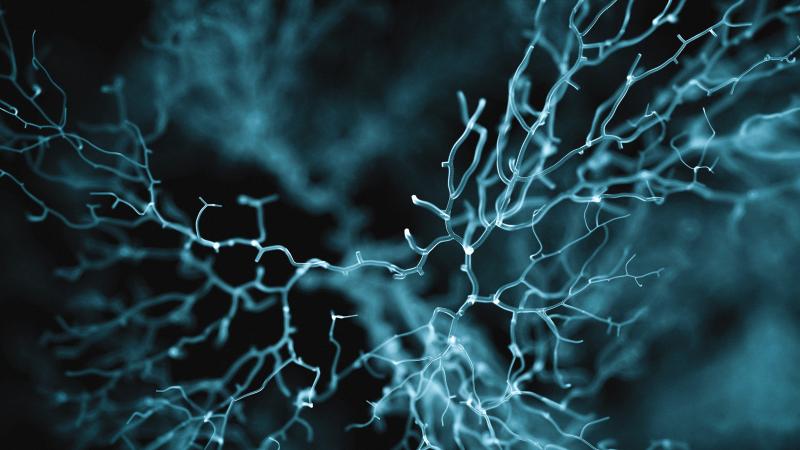Greater understanding of phenomena could enable unprecedented control over gene expression
October 17, 2019

TROY, N.Y. — Magnetogenetics — the idea that you can use magnetic fields to control cells and activate cellular pathways — has immense potential in biomanufacturing, medicine, tissue regeneration, and biosensing. Despite its promise, the mechanism behind magnetogenetics remains largely unknown.
Researchers at Rensselaer Polytechnic Institute, in partnership with researchers at the Icahn School of Medicine at Mount Sinai, are setting out to solve that mystery with support from a National Science Foundation grant.
“Our goal has been to clearly elucidate the complex mechanism of how different types of magnetic fields can activate specific cellular processes, which will enable us to control further these processes,” said Jonathan Dordick, a chaired professor of chemical and biological engineering, and a member of the Center for Biotechnology and Interdisciplinary Studies (CBIS), who is leading this research for Rensselaer.
Previously, Dordick collaborated with Jeffrey Friedman, professor of molecular genetics at Rockefeller University and an Investigator at the Howard Hughes Medical Institute, and Sarah Stanley, an assistant professor of endocrinology at Mount Sinai who is also involved in the current project, to demonstrate that the transient receptor potential vanilloid 1 (TRPV1) ion channel could be opened and closed by activating ferritin — a protein that contains iron oxide — with an external magnetic field.
TRPV1 is the ion channel that is activated by capsaicin, the same ingredient in chili peppers that makes them feel hot.
Being able to understand and reliably use magnetogenetics could give researchers unprecedented control over gene expression. Instead of the conventional method of activating gene expression using chemical inducers, the activation of ion channels can be used to regulate signaling pathways leading to gene expression and the production of particular proteins. The use of magnetic fields to open and close ion channels at will provides unique time-based control of this process.
To understand how that action happens, the researchers will use cell-based and biochemical methods to examine multiple possible mechanisms including physical, thermal, and chemical effects.
“This is obviously relevant from an engineering perspective because we can turn on and off a magnetic field like a switch and then control what you want the cell to do when you want it,” Dordick said. “Nonetheless, to do a really good job with that, unless we want to just get lucky, we have to understand more of what’s happening at the molecular level within the cell, and this will allow us to design a better system.”
“Foundational research like this is essential for further progress,” said Deepak Vashishth, the director of CBIS, a research center that fosters collaborative approaches to global problems. “This is a prime example of a complex challenge that requires an interdisciplinary approach to solve.”
As the researchers understand the mechanisms better, they will translate that into applications. One specific goal is to use magnetogenetics to control neurogenesis, the growth and development of neurons.
“This could be used for the ex vivo regeneration of neural tissue, which is needed to generate a large enough number of cells for use in spinal cord repair and other neurodegenerative diseases,” Dordick said.